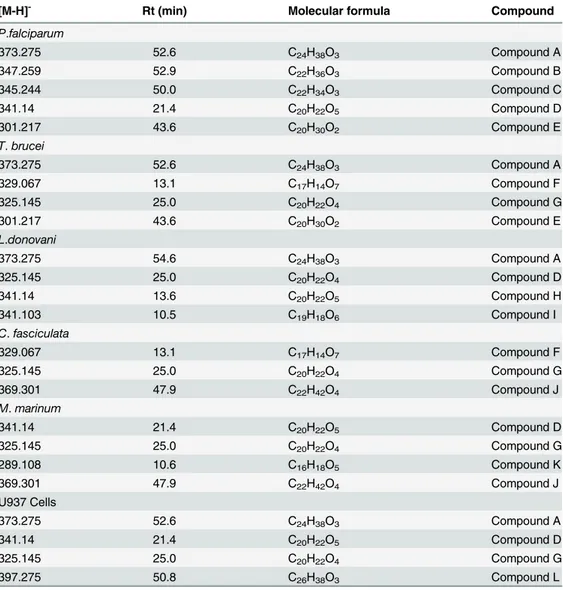Chemical and Antimicrobial Profiling of Propolis from Different Regions within Libya.
Texto
Imagem
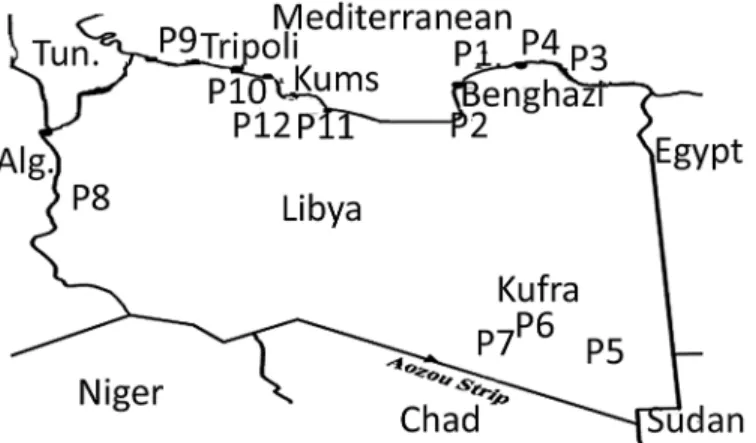
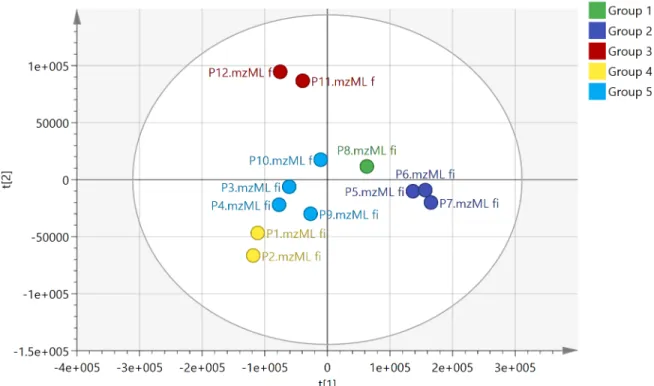
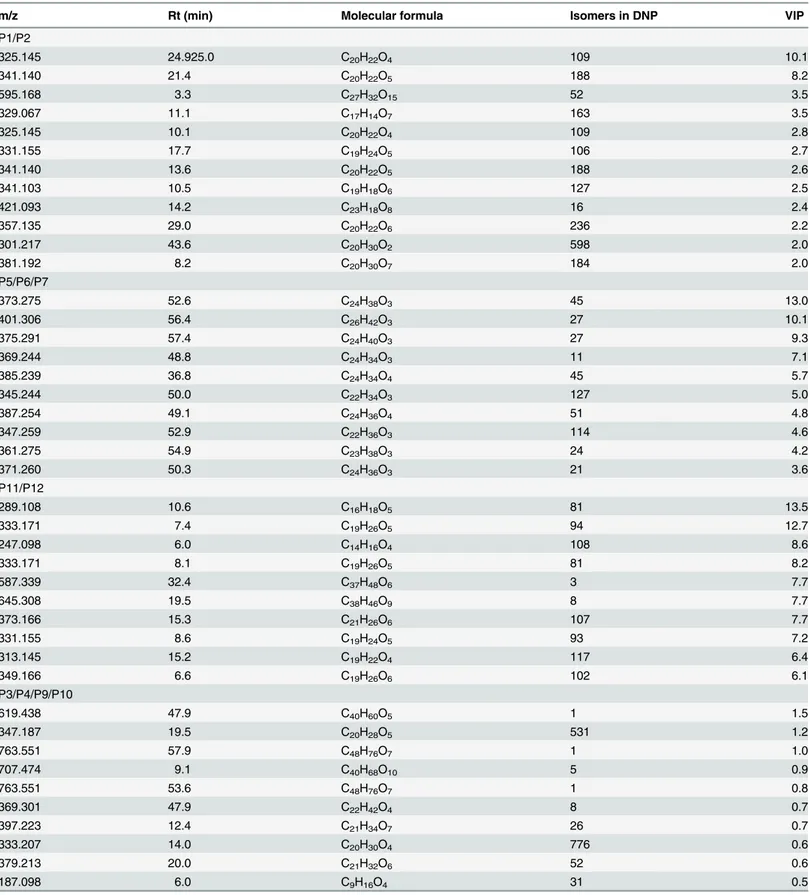
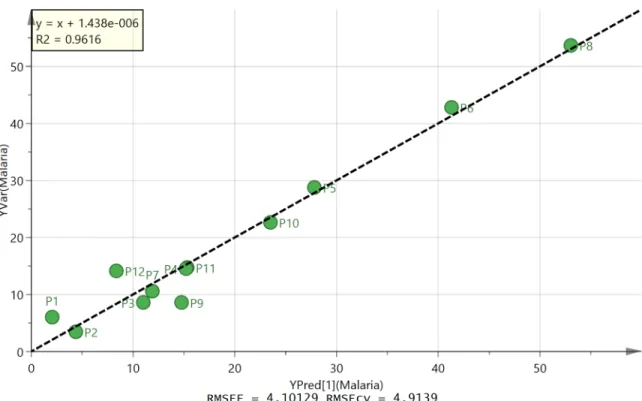
Documentos relacionados
To further understand the adsorbents tested, in vitro experiments using different compounds, or feed and food stocks contaminated with mycotoxins could be performed, in
Chemical composition, antioxidant activity and antimicrobial properties of propolis extracts from Greece and Cyprus.. Safetiness
We have previously determined the chemical composition as well as the analgesic and anti-inflammatory activities of a standard ethanol extract of a Bulgarian sample (Et-Blg) (Prytzyk
Todos os produtos e marcas possuem estratégias de posicionamento que visam permitir a sua fácil identificação, reconhecimento e fidelização por parte do consumidor.
From a set of 642 street cocaine samples seized in five different States, in four regions of Brazil, the major component chemical profiling routine analysis of the PeQui
SUSCEPTIBILITY PROFILE OF Salmonella AGAINST THE ANTIBACTERIAL ACTIVITY OF PROPOLIS PRODUCED IN TWO REGIONS OF BRAZIL..
To contribute to the development of antibacterial products from propolis produced by native Brazilian bees, twenty-nine samples of propolis collected from hives in the
Given that many rhizobia in a soil can lost the infective capacity and that the host genotype can affect the spectrum of rhizobial genotype selected from a soil (LAGUERRE et al.,

